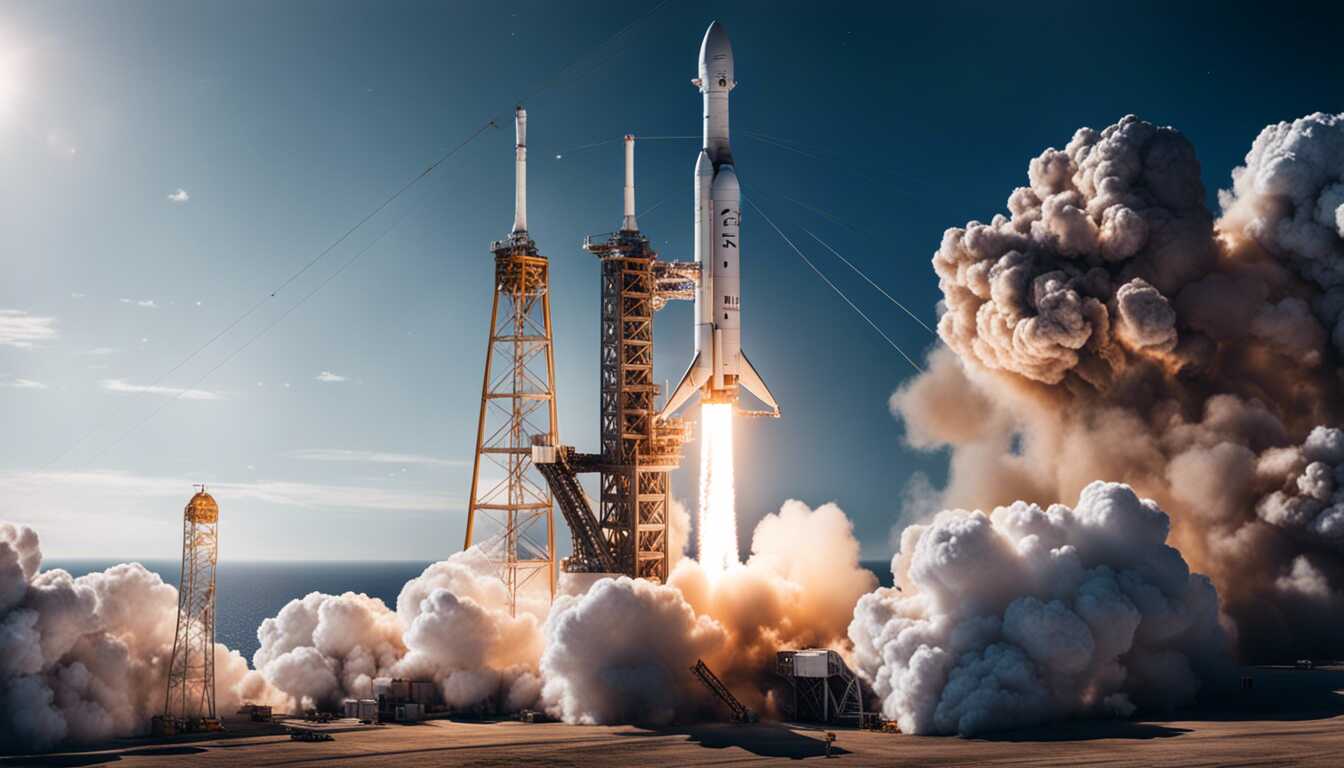
SpaceX aims to return America to moon's surface with robot lander

Early Wednesday, SpaceX prepared a Falcon 9 rocket to launch a commercially built robotic lander to the moon, marking the first attempt to touchdown near the lunar south pole, a significant step as NASA's Artemis astronauts plan to explore the area in the future. This historic mission follows a recent series of setbacks for U.S. companies attempting to land privately built spacecraft on the moon.
The Falcon 9 rocket, carrying Intuitive Machines' Odysseus moon lander, is ready for liftoff from the Kennedy Space Center's pad 39A. The Odysseus lander, also known as "Odie," is set to land on February 22, 186 miles from the moon's south pole, utilizing a high-power 3D-printed main engine using liquid oxygen and methane propellants, a first for a deep space mission.
Challenges and modifications for the mission
SpaceX made extensive modifications to cool and route the cryogenic propellants into the Falcon 9's nose fairing and then into the lander's tanks during the rocket's countdown. Bill Gerstenmaier, a former NASA manager now working for SpaceX, expressed pride in the company's role in this historic private mission to the moon. The modifications made to accommodate the liquid oxygen and liquid methane loading process were highlighted as a significant undertaking.
The mission chronology
The planned mission includes the test-firing of the lander's main engine 18 hours after launch to calibrate its performance in space. Subsequently, up to three trajectory correction maneuvers are scheduled to fine-tune its course to the moon. It is expected to take Odysseus eight days to reach its target after being released from the Falcon 9. After orbiting the moon 12 times, the lander will begin its final descent to a relatively flat terrain near a crater known as Malapert A.
The landing process
The descent will commence with a small rocket firing 75 minutes before touchdown to drop the low point of the orbit to an altitude of about 6 miles. Then, the spacecraft will coast for about an hour before the engine re-ignites to begin the powered descent to the surface. The main engine will throttle down to the planned landing velocity of just 2.2 mph as Odysseus approaches the surface. Intuitive Machines indicates that it will take flight controllers about 15 seconds to verify the touchdown, with data recorded during the descent being relayed back to Earth later.
Odysseus' mission and its significance
Odysseus carries six NASA instruments and another six commercial payloads, including innovative technology, an astronomical telescope, and a student-built camera package. This mission is crucial for the development of new technologies and to collect data that will be needed by Artemis astronauts planning to land near the moon's south pole. Lessons learned from this mission will provide valuable insights for subsequent lunar missions and the Artemis program.
Implications of the mission
The mission serves as a significant step for the United States to return to the moon's surface for the first time since 1972, indicative of the country's commitment to space exploration. It represents a collaboration between commercial companies and NASA, reflecting the agency's push towards leveraging private industry for space missions. The mission also serves as a testament to the commercial space industry's competitive environment, allowing for more frequent lunar missions at a lower cost.
The launch of the Odysseus moon lander by SpaceX underscores the continued exploration and utilization of space, with a focus on pushing the boundaries of technology and innovation. The successful execution of this mission has the potential to pave the way for future manned missions to the moon, marking a significant milestone in space exploration.
Share news















